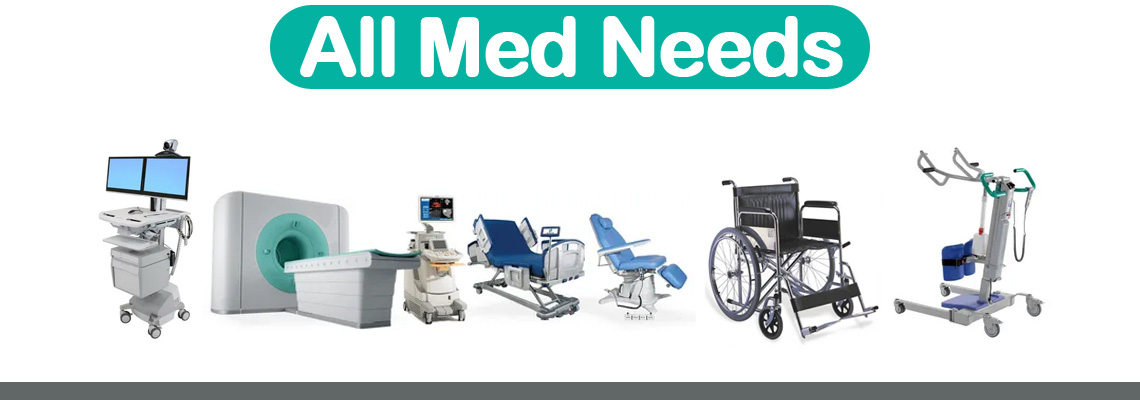
Catheters: Navigating the Pathways of Medical Intervention
A catheter is a medical device that serves a crucial role in modern healthcare by enabling a range of diagnostic and therapeutic procedures. This flexible, tubular instrument is used to access and treat various parts of the body, facilitating interventions that can be lifesaving or significantly improve a patient's quality of life. This article explores the diverse types, applications, benefits, and potential complications associated with catheters, shedding light on their essential role in contemporary medical practices.
Types of Catheters
Catheters come in a multitude of designs, sizes, and materials, each tailored to specific medical needs. Some of the common types of catheters include:
- 1. Urinary Catheters: These are used to drain urine from the bladder when normal urination is impeded due to conditions such as urinary retention, surgery, or injury. They can be short-term or long-term, and options include indwelling catheters (Foley catheters) and intermittent catheters.
- 2. Central Venous Catheters (CVCs): Inserted into larger veins, usually in the chest, these catheters are vital for delivering medications, nutrients, or fluids, especially when peripheral venous access is inadequate.
- 3. Peripheral Venous Catheters: These are inserted into smaller veins, often in the arms, for short-term administration of medications or fluids.
- 4. Cardiac Catheters: Employed in cardiac catheterization procedures, these instruments can both diagnose and treat heart conditions, such as coronary artery disease, by visualizing the coronary arteries and performing interventions like angioplasty.
- 5. Neurological Catheters: Used in procedures like intracranial pressure monitoring, these catheters provide insights into brain activity and help manage conditions like hydrocephalus.
- 6. Gastrointestinal Catheters: Used for procedures like enteral feeding and decompression, gastrointestinal catheters help deliver nutrition or alleviate pressure in the digestive system.
Applications and Benefits
Catheters play a vital role in modern medical practices, offering numerous benefits:
- 1. Minimally Invasive Procedures: Catheter-based procedures often reduce the need for invasive surgeries, minimizing tissue damage, scarring, and recovery time.
- 2. Precise Diagnostics: Catheters provide healthcare professionals with access to internal organs and structures, enabling accurate diagnoses and assessments.
- 3. Therapeutic Interventions: Many catheter procedures are therapeutic, allowing physicians to remove blockages, deliver medications directly to targeted sites, or manage fluid imbalances.
- 4. Chronic Conditions Management: Patients with chronic conditions, such as kidney failure or urinary incontinence, benefit from long-term catheter use that improves their quality of life.
- 5. Reduced Patient Discomfort: For individuals with obstructed urine flow or other medical issues, catheters can provide immediate relief from discomfort.
Potential Complications and Risks
While catheters offer immense benefits, they are not without risks and complications:
- 1. Infections: Catheters can introduce pathogens into the body, leading to urinary tract infections, bloodstream infections, or other localized infections.
- 2. Blockages: Catheters themselves can become blocked, leading to decreased functionality or even the need for replacement.
- 3. Tissue Damage: Poorly positioned or improperly managed catheters can cause tissue damage, perforations, or bleeding.
- 4. Thrombosis: Central venous catheters can increase the risk of blood clots forming in the veins, which can lead to serious conditions like deep vein thrombosis.
- 5. Allergic Reactions: Some individuals may experience allergic reactions to the materials used in catheters. Advancements and Future Directions
In recent years, technological advancements have led to the development of innovative catheter designs, enhanced materials, and improved insertion techniques. Some trends and future directions include:
- 1. Minimizing Infections: Researchers are exploring ways to reduce catheter-associated infections through improved materials and coatings that prevent bacterial adherence.
- 2. Smart Catheters: Integrating sensors and technology into catheters allows real-time monitoring of conditions within the body, aiding in precise diagnosis and treatment.
- 3. Personalized Catheters: 3D printing and personalized medicine are converging to create catheters tailored to an individual patient's anatomy, reducing complications and improving outcomes.
- 4. Biodegradable Catheters: Developments in biodegradable materials offer the potential for catheters that naturally degrade in the body, reducing the need for removal.
In conclusion, catheters represent a cornerstone of modern medicine, enabling both diagnostic and therapeutic interventions across a wide range of medical specialties. While they provide substantial benefits, their usage also comes with potential risks that necessitate careful monitoring and management. As technology advances, catheters are poised to become even more sophisticated, precise, and patient-centric, ushering in a new era of medical intervention that balances innovation with patient safety and comfort.
